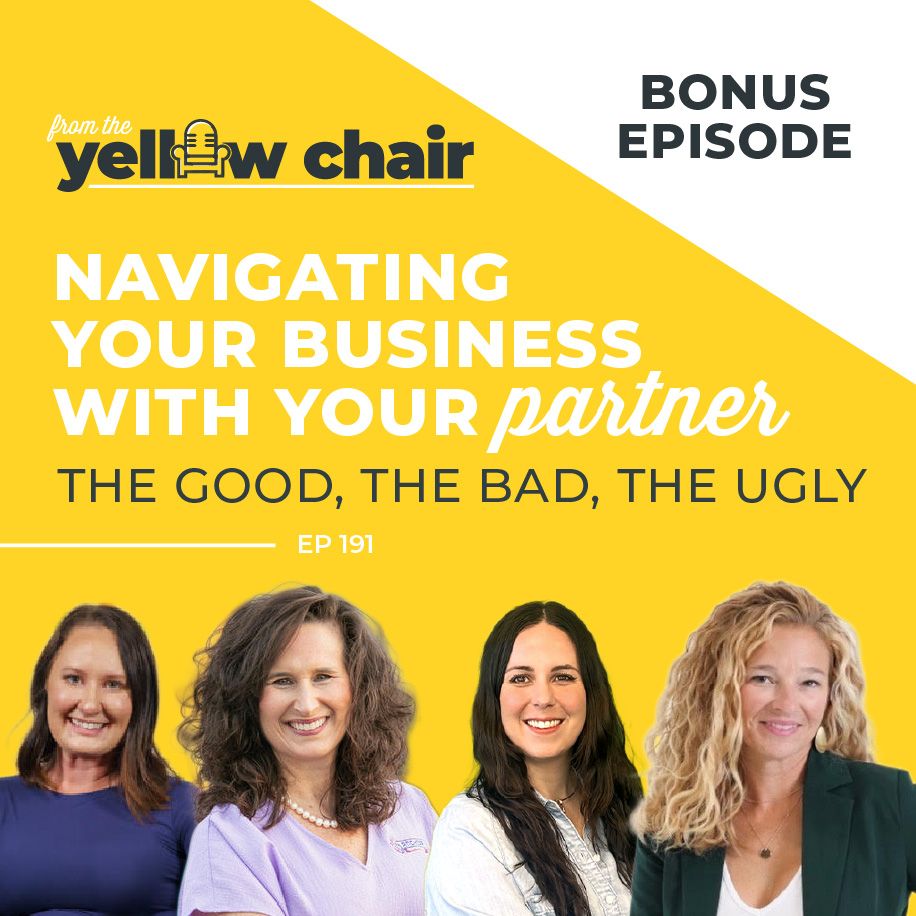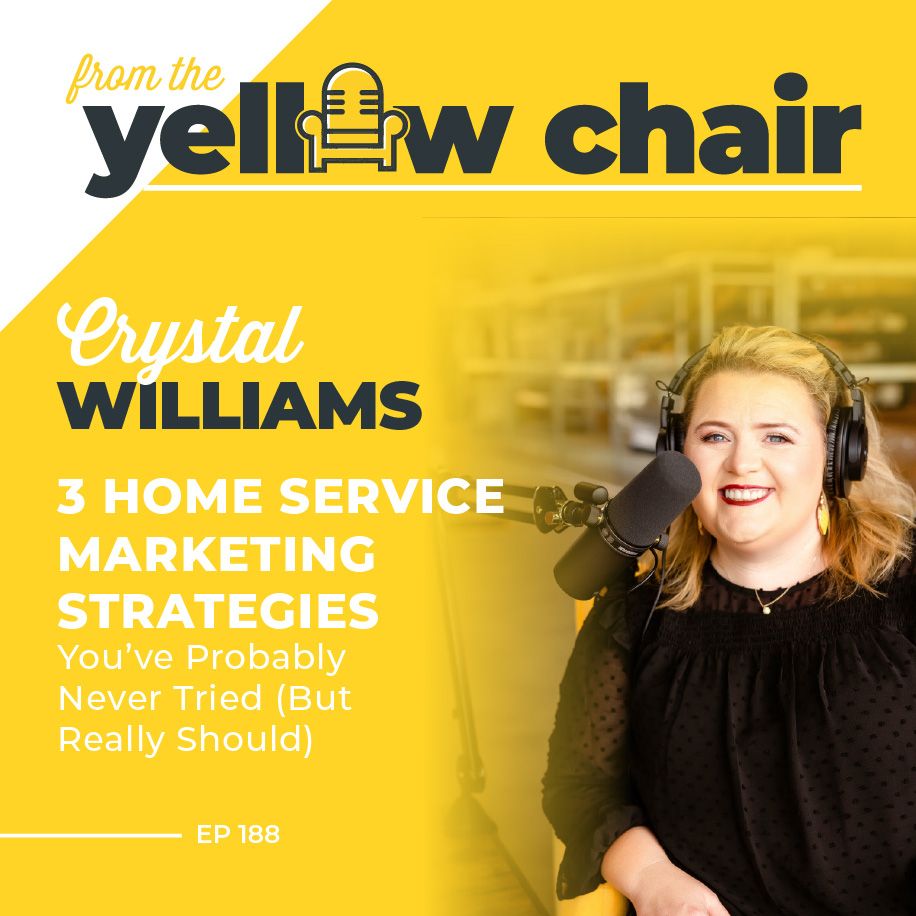Conquering Business Growth Fears and Leading with Confidence
In the virtual Lemonade Stand, Emily is flying solo to talk about conquering common fears found in a business, addressing committee decisions, and grasping the importance of articulating the ‘why’ behind shifts in your strategy to your crew.
0:07 – Overcoming Fear in Business Growth
8:02 – Branding and Adaptation in Business
13:41 – Embracing Change and Leading With Confidence
If you enjoyed this chat From the Yellow Chair, consider joining our newsletter, “Let’s Sip Some Lemonade,” where you can receive exclusive interviews, our bank of helpful downloadables, and updates on upcoming content.
Please consider following and drop a review below if you enjoyed this episode. Be sure to check out our social media pages on Facebook and Instagram.
Interested in being a guest on our show? Be sure to contact us today!
If you enjoyed this chat From the Yellow Chair, consider joining our newsletter, “Let’s Sip Some Lemonade,” where you can receive exclusive interviews, our bank of helpful downloadables, and updates on upcoming content.
Please consider following and drop a review below if you enjoyed this episode. Be sure to check out our social media pages on Facebook and Instagram.
From the Yellow Chair is powered by Lemon Seed, a marketing strategy and branding company for the trades. Lemon Seed specializes in rebrands, creating unique, comprehensive, organized marketing plans, social media, and graphic design. Learn more at www.LemonSeedMarketing.com







